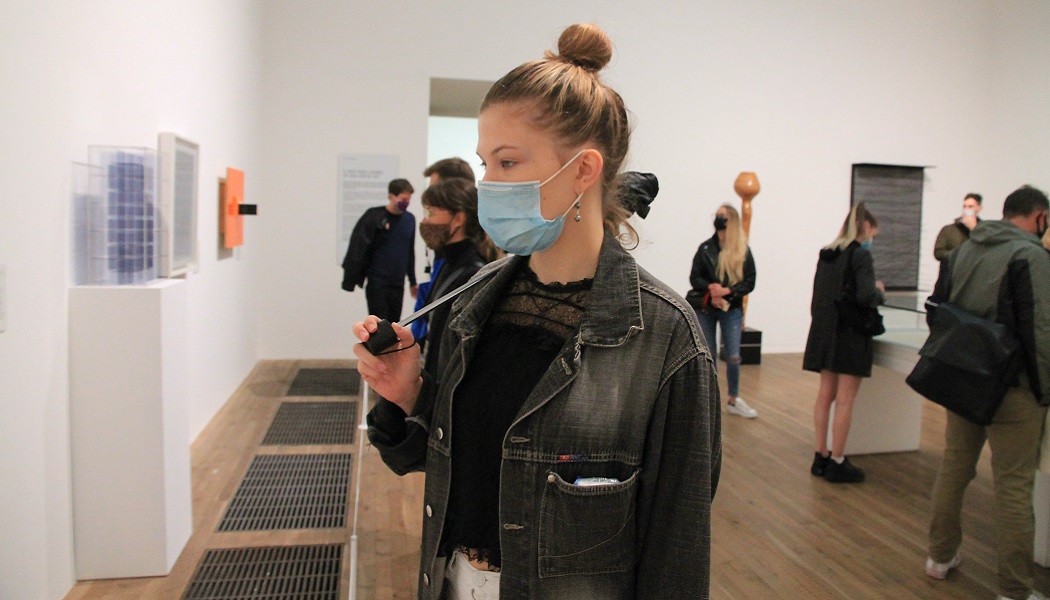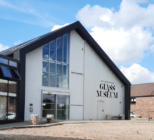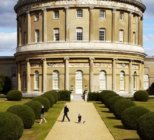It has been the toughest of years. As if confirmation were needed, the Association of Leading Visitor Attractions’ visitor figures for 2020 highlighted an annual slump of 70% compared to the record-breaking statistics of 2019.
Despite the emergence of digital as a means to engage with audiences through lockdowns and varying restriction levels, the moment museums can once again welcome visitors to their physical spaces has long been on the minds of the sector’s workforce.
With the nationwide picture for Covid infection and death rates adhering to the parameters set out in the government’s roadmap out of lockdown – despite growing fears regarding the Indian variant – the latest phase of societal unlocking has today begun as planned.
Best wishes to all indoor attractions
(& the indoor parts of already open outdoor attractions) on reopening over the next few days. It’s been tough & exhausting, & taken a toll financially & on morale. But we’re here. Thank you for all your hard work in getting to this point.— ALVA (@alva_uk) May 16, 2021
As the eagerly anticipated 17th May juncture arrived, museums, galleries and heritage attractions joined the likes of cinemas and children’s play areas in receiving the green light for reopening. This comes five weeks after non-essential retail was permitted to open – still a sore point for many who believe there to be no evidence to support this disparity.
Nevertheless, today has been a long time coming and the sector again has reason for cautious optimism.
Professor Christopher Smith, executive chair of the Arts and Humanities Research Council, says the milestone represents an “emotionally significant moment for the nation”, enabling the country as a whole to “restore what we have lost, but also take forward the lessons learned during the pandemic to shape the cultural sector we want to build”.
Despite the “understandable anxiety” many institutions are feeling, he believes the experiences of the past year prove beyond doubt that the culture sector is “more than capable of overcoming adversity to meet the needs of their communities, even amidst great uncertainty”.
The final hurdle?
The Royal Albert Memorial Museum and Art Gallery in Exeter will reopen tomorrow, having been accessible to visitors for only 31 days during the past year.
“We were able to open for a short period of time back in October, and again for two weeks in December, but of course this time we hope to be opening for good,” asserts museum manager Camilla Hampshire.
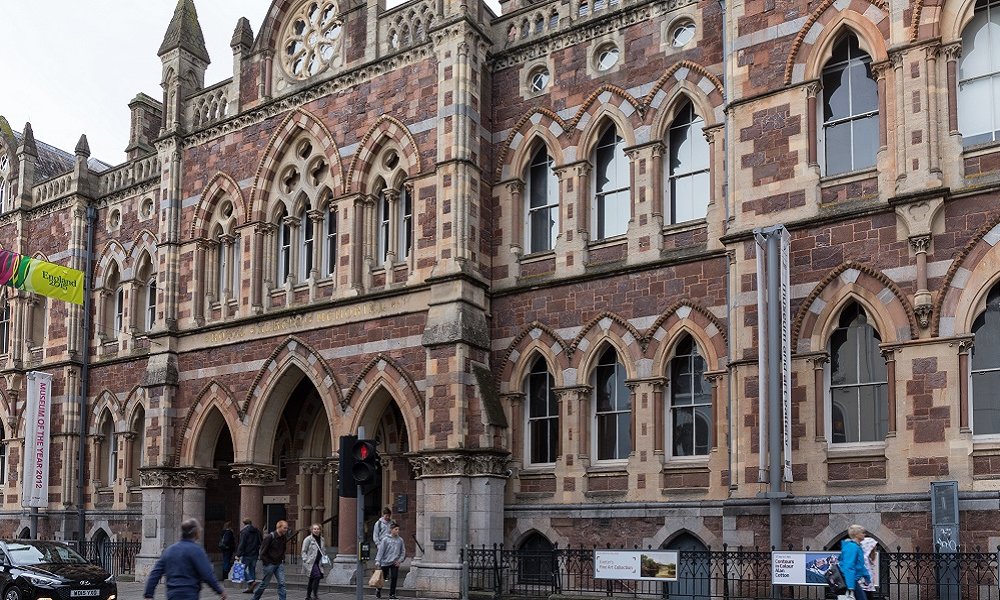
The venue’s safety protocols – one-way system, hand sanitising stations, a new entrance and exit – will remain “robust”, she continues, adding that the museum is “positioned to act quickly to respond to any new developments in the Covid-19 situation, as the safety of our visitors is always our prime consideration”.
The Royal Albert Memorial Museum and Art Gallery was one of the first institution’s to remove pre-booked ticketing as a requirement during a brief spell reopen at the end of 2020, with its experience suggesting this made visitors no safer.
The site, Hampshire adds, is a “vital part of Exeter, being the heart of the city’s cultural offering, and our visitors have made it clear to us how much the museum has been missed”. The lengthy closure has been challenging “not only to Exeter’s history and art lovers, but also to families looking for a fun day out, and those who are seeking a moment of calm and peace in the heart of the city”, Hampshire concludes.
Safe words
“We know there is a palpable appetite out there for people to safely share cultural experiences, to feel connected to each other again, and to support the recovery of the museums they love,” notes Maria Balshaw, chair of the National Museum Directors’ Council and director of Tate, which reopens its sites today.
In the wake of a “long and difficult winter”, she continues, “the arts and culture sector has never had a more important role to play at the heart of our communities”.

The intense pressure on all reopening indoor attractions is two-fold. Not only is it vital that all visitors are given a stellar experience in order to thank them for their support, providing a safe environment for staff and guests alike has to trump all other considerations.
“Providing peace of mind during an unsure time and considering our visitors wellbeing is our priority,” explains Richard Morsley, chief executive of Chatham Historic Dockyard Trust, while also noting that “ensuring a first-class experience” remains at the heart of operations.
“Our team has worked tirelessly to ensure that the site looks outstanding, and with a new temporary exhibition and new collections on display, we are confident in delivering a fascinating maritime adventure in a happy and safe environment,” he adds, as Historic Dockyard Chatham also reopens to the public today.
The latest polling from Ipsos MORI suggests the public is warming to the idea of returning to cultural attractions, with 62% of those surveyed saying they would now feel happy visiting an indoor museum or exhibition. This is higher than other activities such as going to a bar or restaurant (59%).

Gideon Skinner, head of political research at Ipsos MORI, notes that recent weeks have seen “Britons become more optimistic about the prospects of emerging from the pandemic, as the vaccine programme continues”.
Domestic bliss
Covid sadly remains an unwelcome presence looming over all decisions and will, it appears, continue to be for the foreseeable future.
The reality for most attractions is that, regardless of previous business models, the majority of trade this year will be reliant on tempting UK visitors through the door. This adjustment, as the recent crisis calls from St. Paul’s Cathedral demonstrate, will be hard for some to make viable.
VisitBritain forecasts inbound tourism in 2021 will reach around 11.3 million visits, up 10% compared to 2020 but only 28% of the figures achieved in 2019. Similarly, while a £6.2 billion spend from international tourists represents a 1% rise on 2020 levels, it equates to just 22% of 2019 statistics.
Domestic tourism spend, VisitBritain predicts, could reach £51.4 billion. This would be a 51% hike on 2020 but still only 56% of 2019’s pre-pandemic figures.
Making audience appeal the broadest it can possibly be is integral to the success of all reopening venues, with a greater focus than ever being placed on local community engagement. With this in mind, Tower Bridge has introduced a £1 Community Ticket offer for local residents of Southwark, Tower Hamlets and the City of London.

“We can’t wait to welcome both locals and visitors from across the UK to Tower Bridge once more, to offer an escape from the routine we have become so used to,” says Chris Earlie, head of Tower Bridge.
Another way the London landmark is hoping to sharply increase footfall is by encouraging scores of four-legged visitors to return. While the attraction is always a dog-friendly venue, events such as a VIPooch Day on 13th June will offer exclusive access to the East Walkway and Glass Floor to visitors with a canine companion.
In with the new
As many visitors are expected to return to much-loved haunts, new venues and spaces will also be able to welcome the public – many of which have had launches delayed due to the chaos unleashed by the pandemic’s lockdowns and restrictions.
One site which perhaps distils the experiences of the last year like no other is the Thackray Museum of Medicine in Leeds. A planned relaunch in November following an extensive £4 million overhaul was mothballed when sharper restrictions were reimposed, only for the site to work with Leeds and York Partnership NHS Foundation Trust to transform its conference centre into a vaccination hub.

After what David Renwick, National Lottery Heritage Fund’s north of England director, describes as a “glowing revamp”, today’s reopening of the Thackray offers the perfect antidote to the dark times of months gone by.
Plans to reopen the Museum of the Home have been repeatedly buffeted by Covid, with last September’s planned grand opening after a £18.1 million redevelopment one of the highest profile launches to fall by the wayside.
“Our doors have been closed for over three years – we can’t wait to throw them open and welcome everyone back to the Museum of the Home,” says director Sonia Solicari.
“In a year when many of our homes have morphed into places to work, learn and keep fit, debating, sharing and delving into ideas, feelings and personal experiences of home seems more important and relevant than ever.”

A further highly-anticipated emergence is that of Derby’s Museum of Making, which will admit its first ever visitors on 21st May. Housed in Derby Silk Mill, nestled in the Derwent Valley Mills UNESCO World Heritage Site, the museum was constructed using a unique model and has already received industry recognition as a shortlisted entry for the Restoration or Conservation Project of the Year category at this year’s Museums + Heritage Awards.

The freshly refurbished Raphael Court at the V&A – home to the Raphael Cartoons, on loan from Her Majesty The Queen – is yet another space that will admit its first visitors this month, when the South Kensington museum reopens on 19th May.
A day later on 20th May the newly-formed Sheffield Museums group will reopen three of its sites – Kelham Island Museum, Millennium Gallery and Weston Park Museum. Free entry has now been implemented across all the organisation’s venues; a step chief executive Kim Streets says is “only possible thanks to the incredible generosity of our visitors”.
Not so fast
“This is a big moment that we have all looked forward to for months,” notes Hilary McGrady, director general of the National Trust, which is poised to reopen a plethora of properties throughout England and Wales today.
Some of the National Trust’s smaller properties and rooms – unable to accommodate social distancing – will, however, be forced to wait until further Covid restrictions are lifted. The good news for the charity is that despite many lockdown challenges no damage or decay has been allowed to set in at any sites.
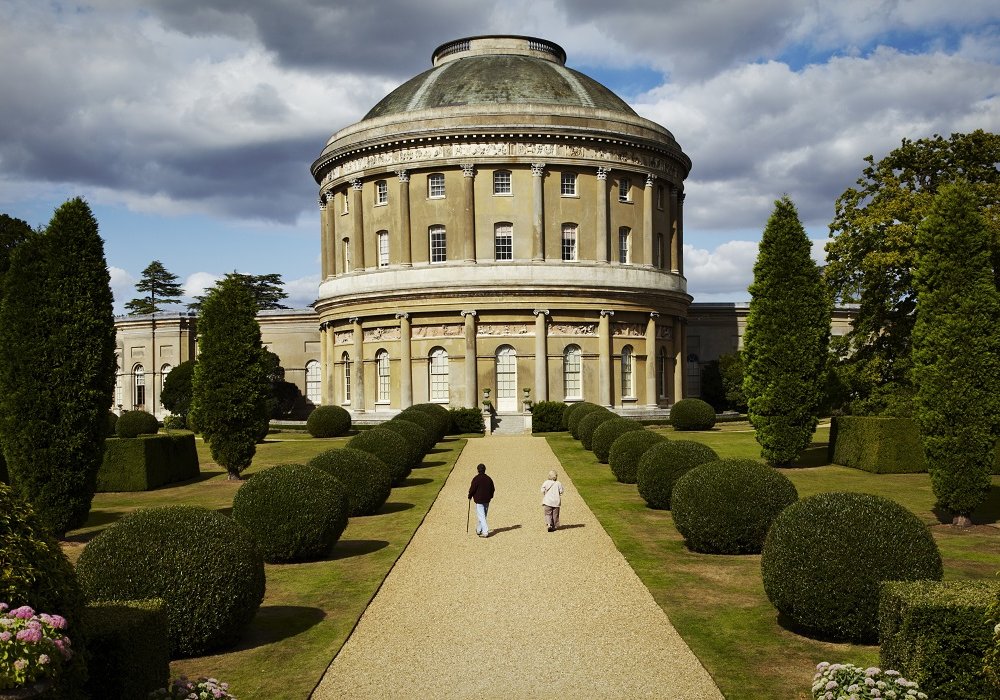
“It is a matter of huge relief, pride and gratitude that the places in our care can start to reopen following closure due to the pandemic. Not a single place will be lost to the public. The cultural treasures that are our shared inheritance are waiting – for everyone”, McGrady states.
Immediate reopening joy isn’t the reality for all museums either, with some venues within the same organisations preparing for markedly different years. At Birmingham Museums Trust, for instance, the flagship Birmingham Museum & Art Gallery will remain closed throughout 2021 as improvements are made to enable a revitalised return next year.
Things are very different at its Thinktank Science Museum sister site, however, where the team are “over the moon to be able to welcome visitors back” from 29th May, according to museum manager Laurence Butler.
The STEM-focused venue will be looking to recapture a pre-pandemic trend that saw it welcome 243,000 visitors and 45,500 school children in the year before Covid arrived on UK shores.
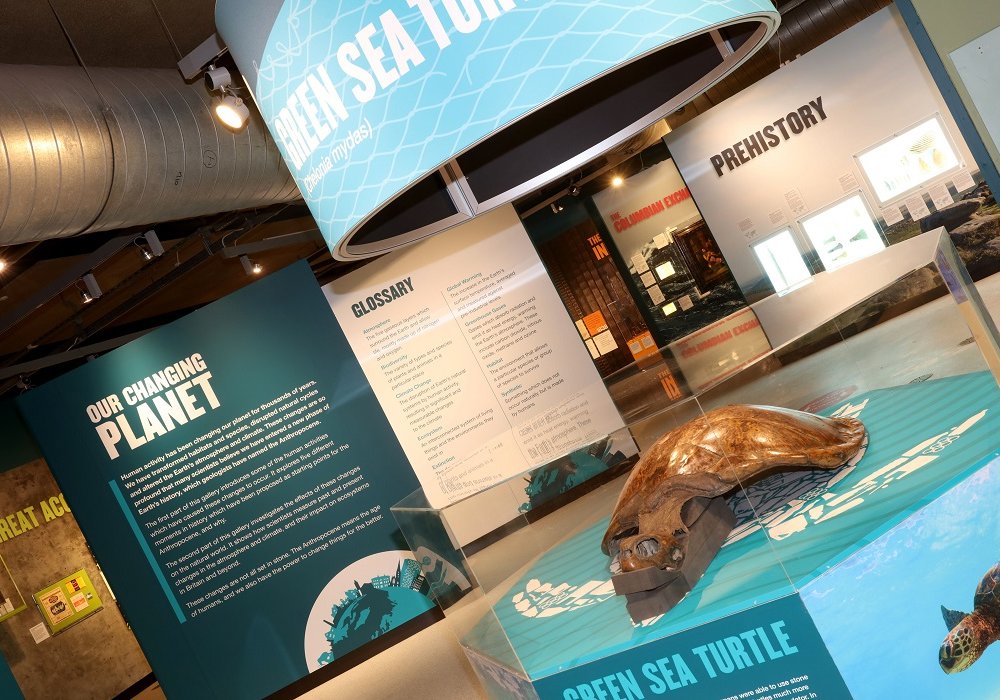
Many UK museums will be part of a gradual reopening tide throughout the summer, with various factors influencing scheduling decisions. Campaigns such as #LetsDoLondon are uniting organisations by region to ensure maximum exposure during the weeks of peak visitor potential.
The uncertainty and anguish of late are abating with the sight of cultural hubs welcoming visitors again. The journey to a steady, sustainable future is under way. Most importantly, the nation’s museums are still here – and are here to stay.

